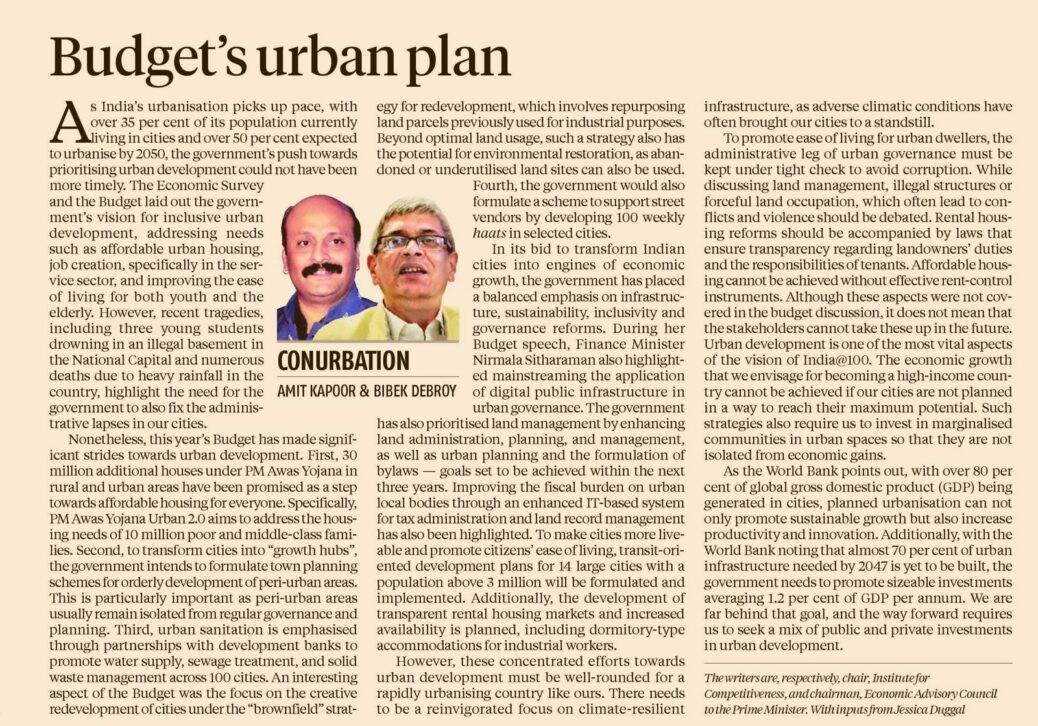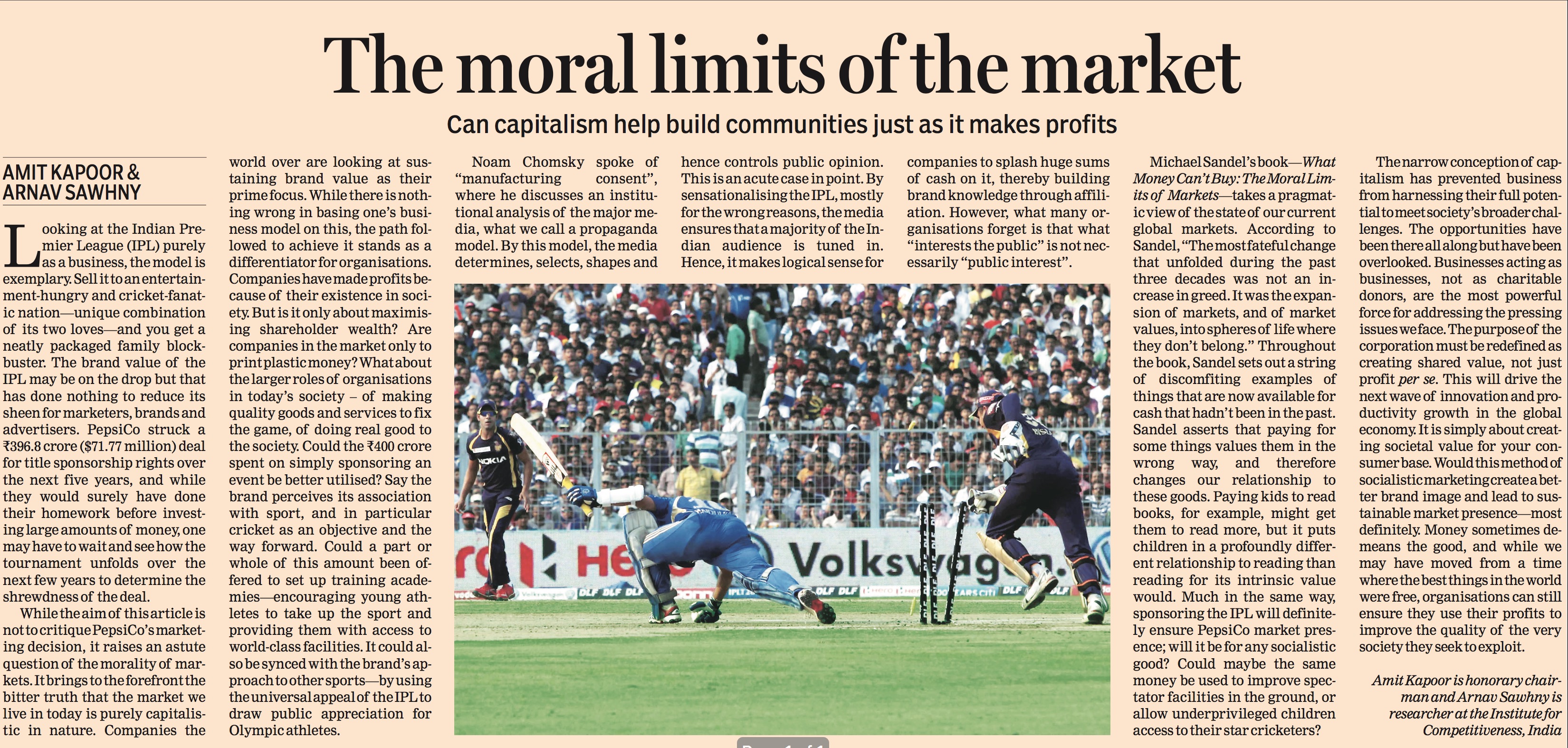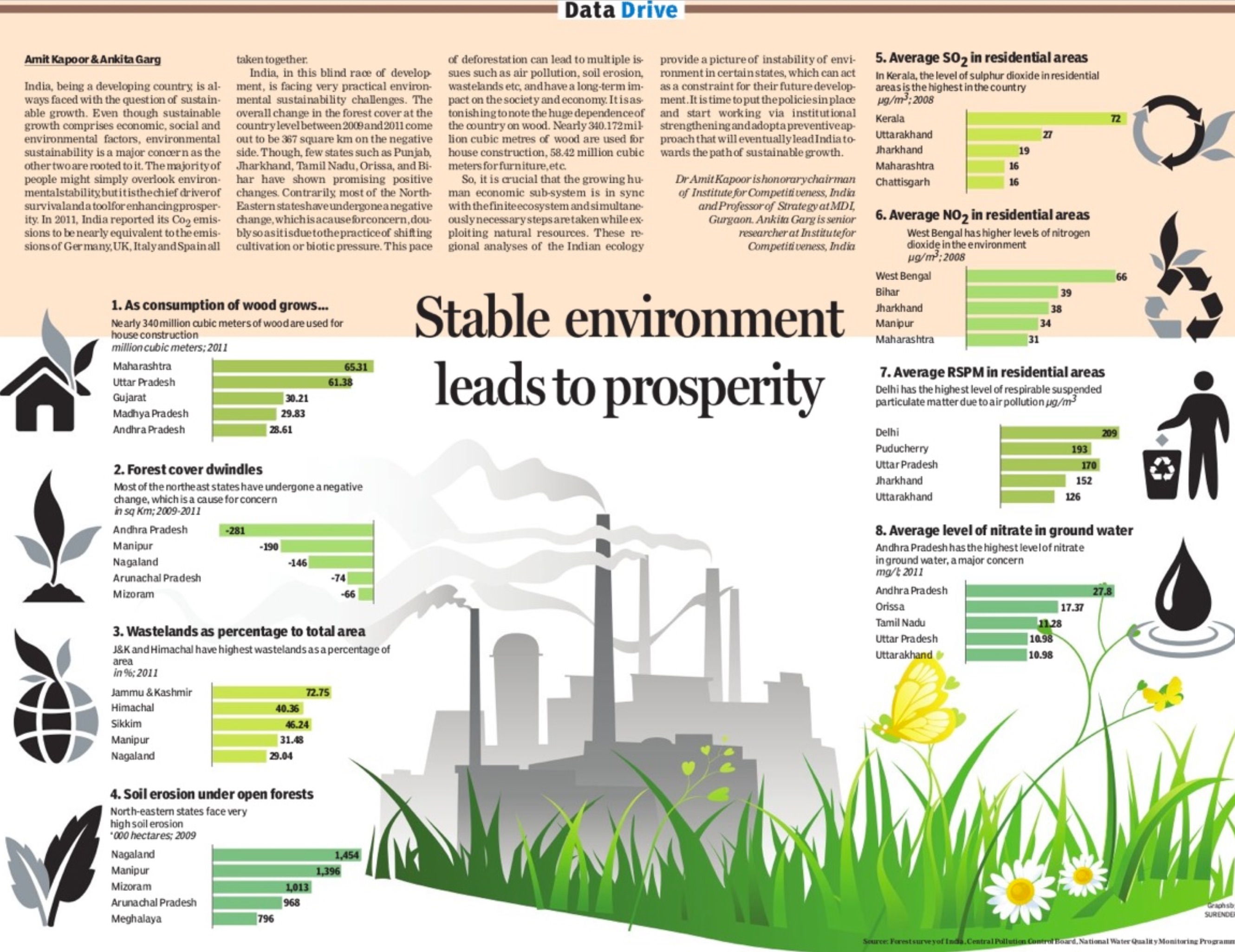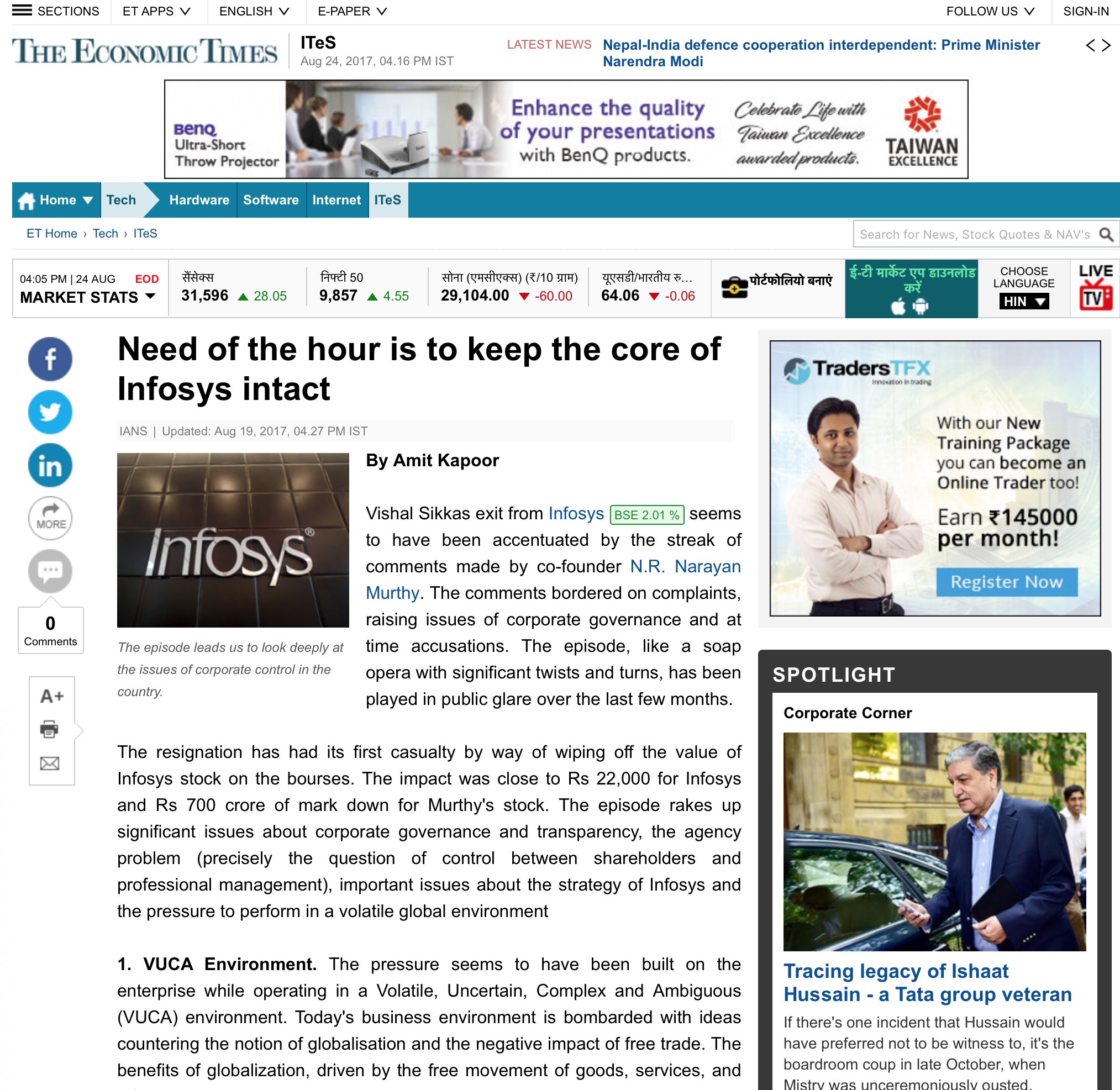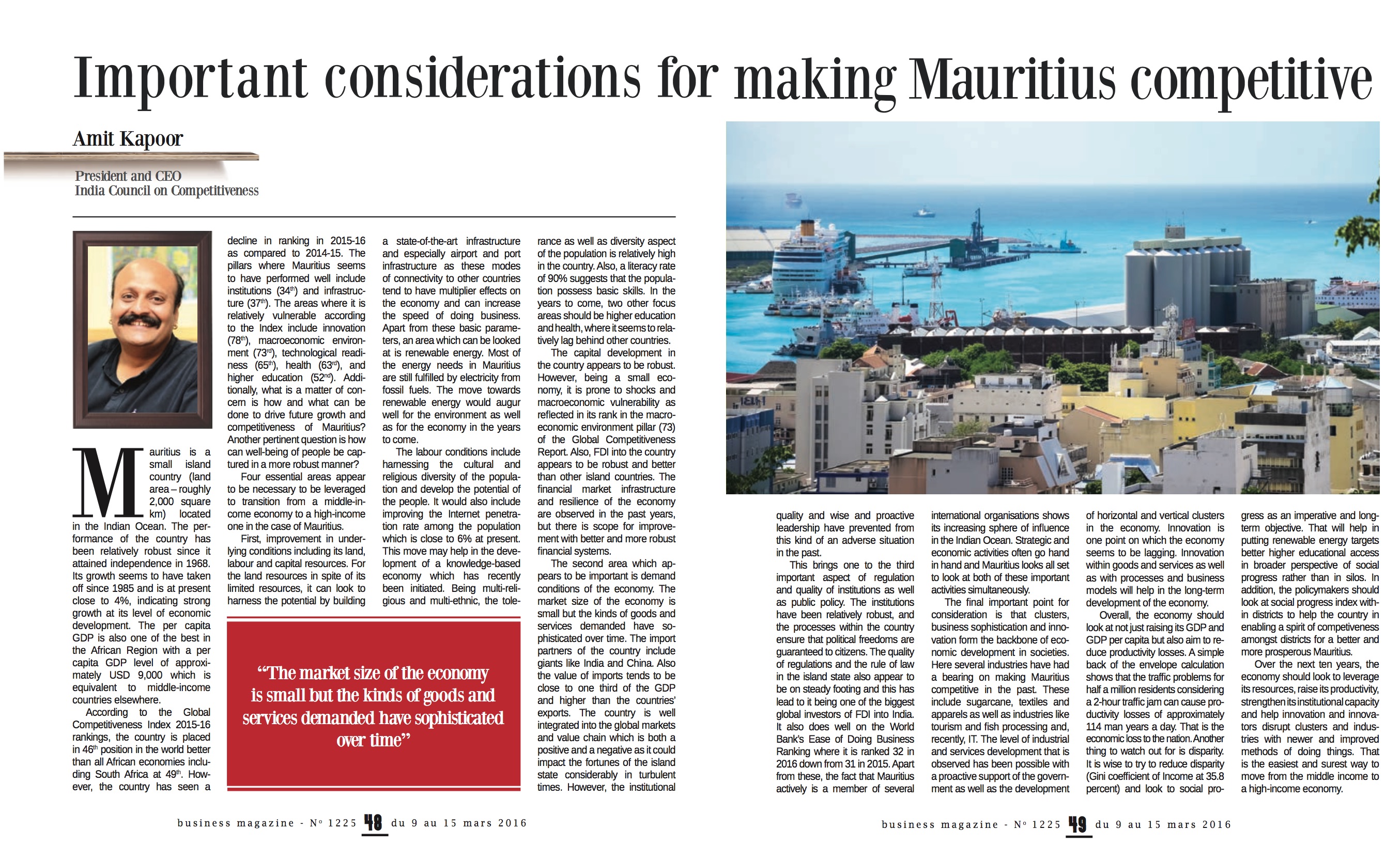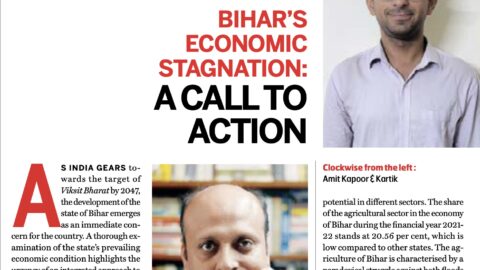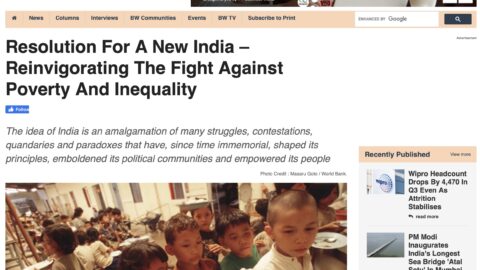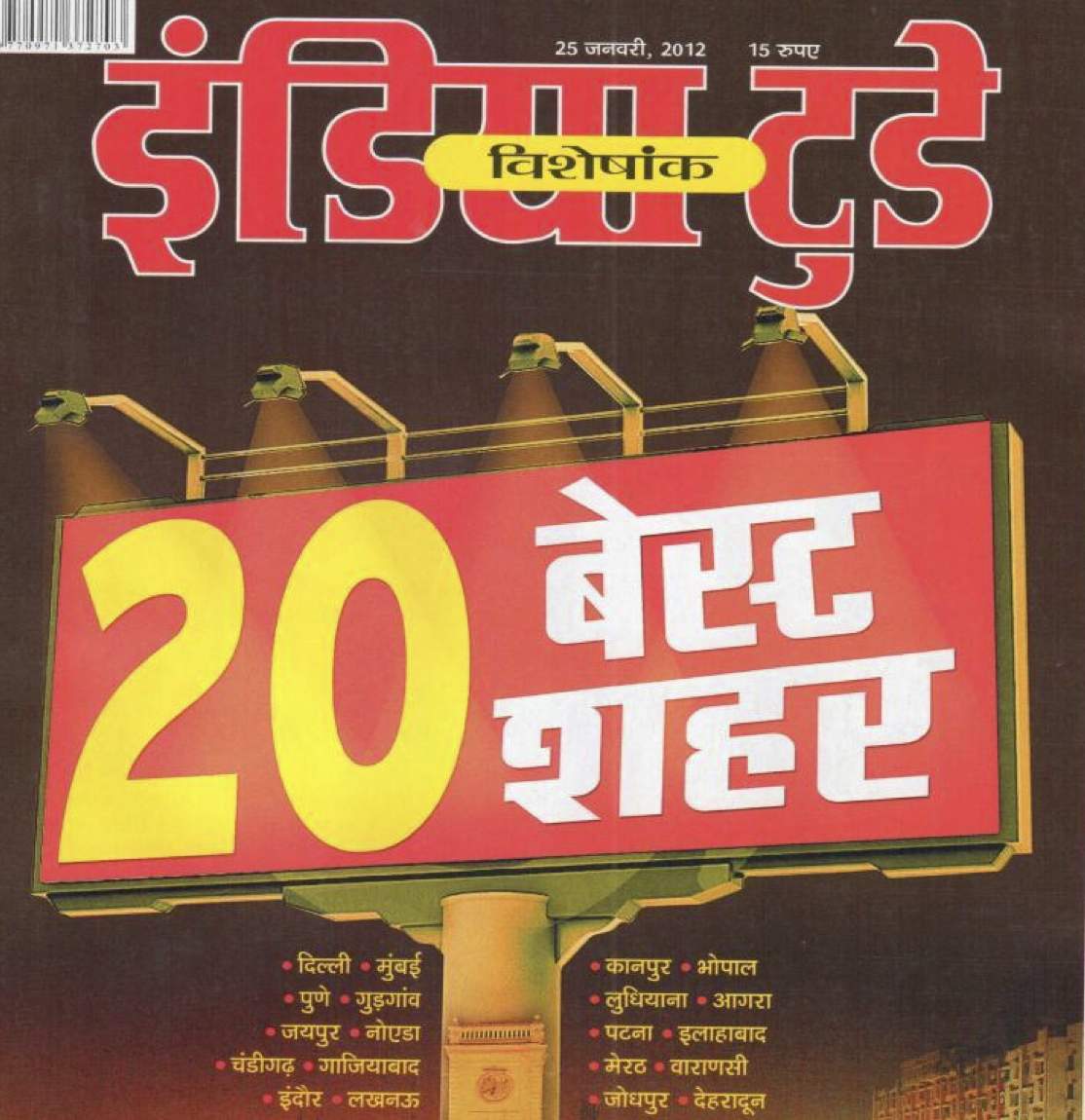Budgets Urban Plan
As India picks up the pace of urbanisation, with over 35% of its population living in cities currently and over 50% of the population expected to urbanise by 2050, the government’s push towards prioritising urban development could not have come at a more opportune time. From meeting the needs for affordable urban housing and boosting job creation, specifically in the service sector, to supporting the ease of living of citizens with a focus on youth and the elderly, the Economic Survey and the Budget laid out the government’s vision towards an inclusive urban development model. However, the devastating incidents of three young aspirants drowning in an illegal basement in the National Capital and many other deaths due to heavy rainfall in the country have also highlighted the fact that government plans must also look at fixing the administrative lapses happening in our cities.
Nonetheless, this year’s budget has made significant strides towards urban development. First, three crore additional houses under the PM Awas Yojana in rural and urban areas have been promised as a step towards affordable housing for everyone. Specifically, the urban housing needs of 1 crore poor and middle-class families under what is touted as the PM Awas Yojana Urban 2.0. Second, to transform cities into “growth hubs”, the government intend to formulate town planning schemes for an orderly development of peri-urban areas. This is particularly important as peri-urban areas usually remain isolated from regular governance and planning. Third, urban sanitation is emphasised through partnerships with development banks to promote water supply, sewage treatment, and solid waste management across 100 cities. An interesting aspect of the budget was the focus on the creative redevelopment of cities under the “brownfield” strategy for redevelopment. Brownfield development refers to building on lands that were erstwhile used for industrial purposes. Beyond optimal land usage, such a strategy also has the potential for environmental restoration, as abandoned or underutilised lands can also be used. Fourth, the government would also formulate a scheme to support street vendors by developing 100 weekly haats in selected cities.
In the bid to transform Indian cities into engines of economic growth, the government has placed a balanced emphasis on aspects of infrastructure, sustainability, inclusivity and governance reforms. During her budget speech, the finance minister, Smt Nirmala Sitharaman, also highlighted mainstreaming the application of digital public infrastructure in urban governance. The government has also prioritised land management by enhancing land administration, planning and management as well as urban planning and formulating bylaws – all of which have been intended to be completed within the next three years. Improving the fiscal burden on urban local bodies through an enhanced IT-based system for tax administration and land record management has also been highlighted. To make cities more liveable and promote citizens’ ease of living, transit-oriented development plans for fourteen large cities with a population above 30 lakh will be formulated and implemented. Additionally, transparent rental housing markets will be developed with enhanced availability. Rental housing with dormitory-type accommodation for industrial workers would also be facilitated.
However, governments’ concentrated efforts towards urban development must be well-rounded for a rapidly urbanising country like ours. There needs to be a reinvigorated focus on aspects of climate-resilient infrastructure when talking about building cities as economic hubs, as climactic conditions have often brought our cities’ functionings to a standstill. To promote ease of living for urban dwellers, the administrative leg of urban governance must be kept under tight check to avoid corruption. While discussing land management, there needs to be a discussion on illegal structures or forceful land occupation that results in conflicts and often violence. Rental housing reforms must be accompanied by laws that promote transparency on landowners’ duties and the rent seekers’ responsibility. Affordable housing cannot be achieved without effective rent-control instruments. While discussions on these aspects were missing from the budget discussion, it does not mean that the stakeholders cannot take these up in the future. Urban development is one of the most vital aspects of the vision of India@100. The economic growth that we envisage for becoming a high-income country cannot be achieved if our cities are not planned in a way to reach their maximum potential. Such strategies also require us to invest in marginalised communities in urban spaces so that they are not isolated from economic gains.
As the World Bank states, with the world’s more than 80% GDP being generated in cities, planned urbanisation can not only promote sustainable growth but also increase productivity and innovation. Additionally, with the World Bank stating that almost 70% of urban infrastructure needed by 2047 is yet to be built, the government needs to promote sizeable investments averaging to be 1.2% of GDP per annum. We continue to be far behind that goal, and the way forward requires us to seek a mix of public and private investments in urban development.
The article was published with Business Standard on August 21, 2024.

